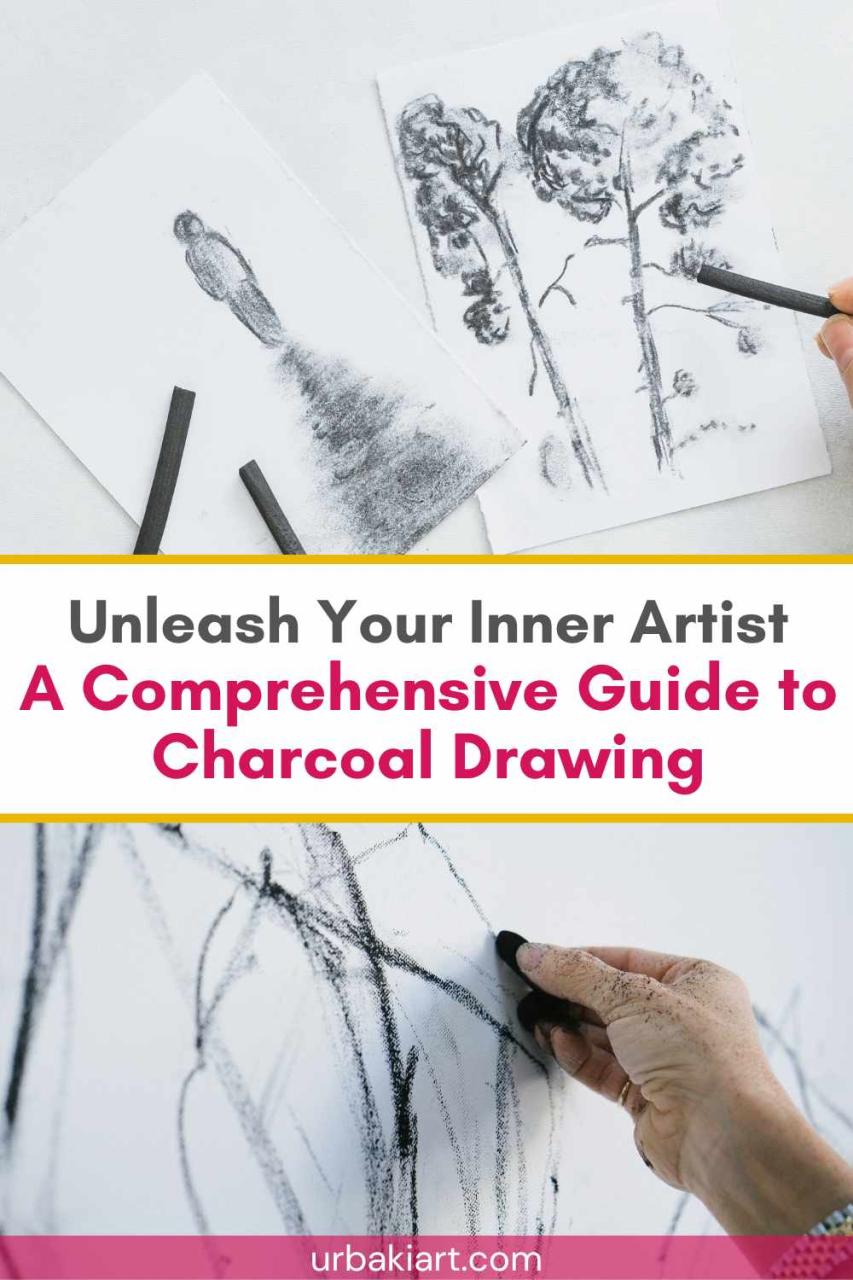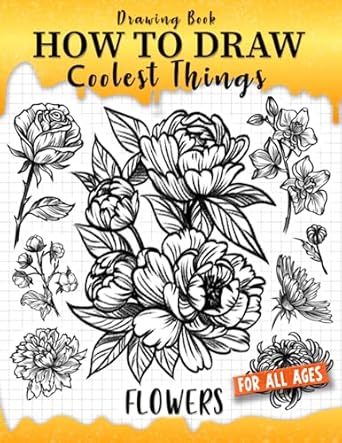With enthusiasm, let’s navigate through the intriguing topic related to Unleashing Your Inner Artist: A Beginner’s Guide to Drawing. Let’s weave interesting information and offer fresh perspectives to the readers.
Introduction
Unleashing Your Inner Artist: A Beginner’s Guide to Drawing

Hey there, budding artists! Welcome to the wonderful world of drawing! I’m your friendly neighborhood art teacher, here to guide you on a journey of creative exploration.
Before we dive into the fun stuff, let’s talk about why drawing is so awesome.
Why Draw?
Drawing isn’t just about creating pretty pictures; it’s a powerful tool for self-expression, learning, and relaxation.
- Boosts Creativity: Drawing lets your imagination run wild. You can create anything you can dream up, from fantastical creatures to realistic landscapes.
- Sharpens Observation Skills: Drawing teaches you to pay close attention to the world around you. You’ll notice details you might have missed before, like the way light plays on a leaf or the curve of a smile.
- Improves Problem-Solving: Drawing challenges you to think creatively and find solutions. How do you capture the movement of a bird in flight? How do you create depth and perspective in a drawing?
- Relieves Stress: Drawing can be a great way to unwind and de-stress. Getting lost in the process of creating can be incredibly therapeutic.
- Enhances Confidence: As you improve your drawing skills, you’ll gain confidence in your abilities. This can translate into other areas of your life as well.


Let’s Get Started!
Now that you know the benefits, let’s get those pencils moving! Here’s a simple, step-by-step approach to drawing for beginners:
1. Gather Your Supplies:
- Paper: You can use any type of paper, but drawing paper is ideal for its smooth surface and weight.
- Pencils: Start with a few pencils in different grades, like a 2H (hard) for light lines, a HB (medium) for general sketching, and a 2B (soft) for darker lines and shading.
- Eraser: A kneaded eraser is great for blending and removing light lines.
- Sharpener: Keep those pencils sharp for precise lines.
- Optional: You can also experiment with colored pencils, markers, or crayons.


2. Basic Shapes:
The foundation of drawing lies in mastering basic shapes. Start by practicing these:
- Circles: Don’t worry about perfection! Practice drawing circles of different sizes and try drawing them freehand without using a compass.
- Squares: Start with a simple square, then try drawing squares at different angles.
- Triangles: Practice drawing different types of triangles, like equilateral, isosceles, and scalene.
- Ovals: Think of an oval as a stretched circle. Practice drawing ovals of different sizes and shapes.

3. Lines and Textures:
Once you’ve got the shapes down, it’s time to play with lines and textures:
- Straight Lines: Practice drawing straight lines of different lengths and thicknesses. Try drawing lines that are horizontal, vertical, and diagonal.
- Curved Lines: Experiment with drawing curved lines, both smooth and jagged. Think about the curves of a flower petal or the wavy lines of a river.
- Hatching and Cross-Hatching: These techniques use lines to create different values and textures. Hatching is drawing parallel lines close together. Cross-hatching adds another layer of lines to create deeper shadows.
4. Drawing from Observation:
Now it’s time to put your skills to the test by drawing from real-life objects:
- Start Simple: Choose a simple object, like a fruit or a vase. Place it in front of you and observe its shape, form, and details.
- Break It Down: Divide the object into basic shapes. For example, a pear can be broken down into a circle, an oval, and a triangle.
- Light and Shadow: Pay attention to how light falls on the object. Use your pencil to create light and dark areas to give your drawing depth.
- Practice, Practice, Practice: The more you draw, the better you’ll become. Don’t be afraid to make mistakes! They’re part of the learning process.
5. Creating Your Own Designs:
Once you’re comfortable with the basics, you can start creating your own designs. Let your imagination run wild!
- Inspiration: Look for inspiration in the world around you. What catches your eye? What do you want to draw?
- Experiment: Try different drawing techniques, like stippling (using dots to create shading), or blending (using your finger or a blending tool to smooth out lines).
- Don’t Be Afraid to Fail: Every artist makes mistakes. It’s how we learn and grow. Don’t let fear hold you back from experimenting and trying new things.
FAQs for Adult Coloring Book Pages:
1. What are the benefits of coloring for adults?
Coloring is a fantastic way to de-stress, tap into your creativity, and improve focus. It’s a meditative activity that allows you to escape from daily worries and immerse yourself in the present moment.
2. What are some good techniques for coloring in adult coloring books?
- Layering: Start with light layers of color and gradually build up the intensity.
- Blending: Use your fingers or a blending tool to create smooth transitions between colors.
- Stippling: Create different textures and values by using dots of color.
- Hatching: Use lines to create shadows and depth.
3. What kind of coloring tools should I use?
- Colored Pencils: These are great for layering, blending, and creating detailed work.
- Markers: Markers offer vibrant colors and can be used for bold, expressive lines.
- Crayons: Crayons are a fun and easy-to-use option, especially for beginners.
- Watercolors: Watercolors can add a unique, fluid quality to your coloring.
4. How can I find inspiration for coloring in adult coloring books?
- Explore different themes: There are adult coloring books for every interest, from nature and animals to mandalas and abstract designs.
- Follow artists on social media: Many talented artists share their coloring creations online.
- Look for inspiration in your everyday life: What colors and patterns catch your eye?
5. What are some tips for making my coloring pages look more professional?
- Use a good quality coloring book: A book with thick paper will prevent bleed-through and make your coloring look smoother.
- Take your time: Don’t rush the process. Enjoy the experience of coloring and let your creativity flow.
- Experiment with different techniques: Try different colors, blending methods, and textures to find what works best for you.
Remember, drawing and coloring are all about having fun and expressing yourself! There are no rules, so let your imagination guide you. Happy creating!

Thus, we hope this article has provided valuable insights into Downloads Unleashing Your Inner Artist: A Beginner’s Guide to Drawing. We hope you find this article informative and beneficial. See you in our next article!
 apapunada.my.id News Bisnis Technology Tutorial
apapunada.my.id News Bisnis Technology Tutorial